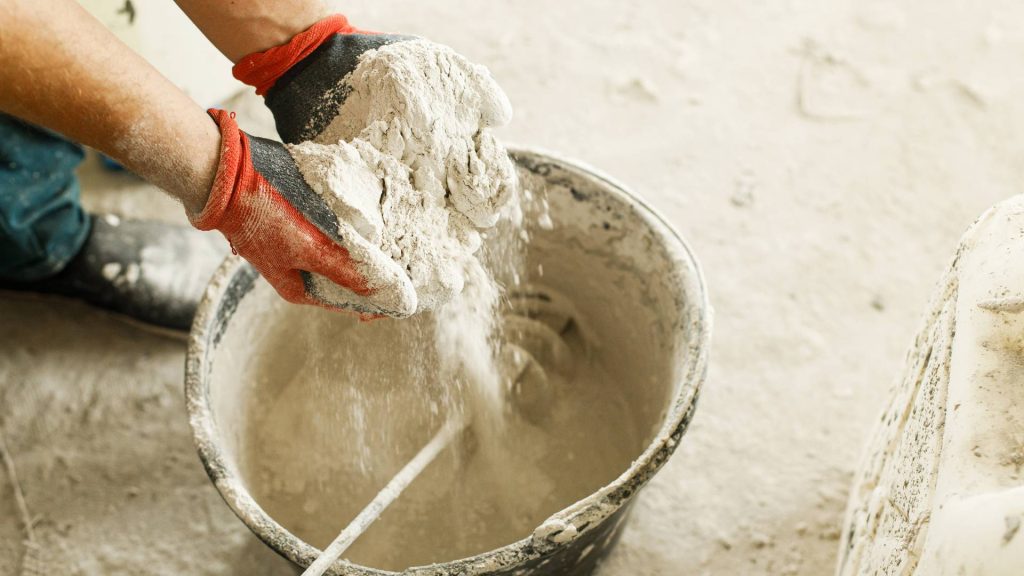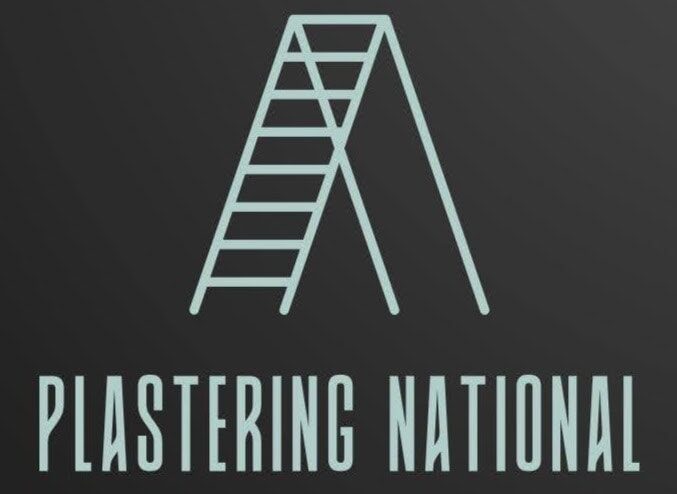Maintaining the integrity and charm of your home often involves caring for its walls, especially if they are made of plaster. Plaster walls are renowned for their durability and aesthetic appeal, making them a popular choice in many homes. However, like all materials, plaster can wear over time, leading to cracks, holes, or dents. These imperfections can leave homeowners wondering about how to repair plaster walls. While these issues might seem daunting, DIY plaster wall repair is completely achievable with the right tools, materials, and techniques.
This step-by-step plaster repair guide is designed specifically for beginners. Whether you’re patching plaster walls, fixing damaged plaster walls, or handling repairing plaster wall holes, this guide will provide you with all the necessary information to achieve professional-quality results.
Let’s Get Straight To The Point
This guide covers DIY plaster wall repair for beginners, with step-by-step instructions on repairing cracks, holes, and damaged plaster. Learn how to prepare the wall, mix plaster, apply base and finish coats, and achieve a smooth, professional result. It also includes essential tools for plaster wall repair, safety tips, and techniques for patching plaster walls and maintaining plaster walls.
What Tools and Materials Are Needed for Plaster Wall Repair?
Before beginning your DIY plaster wall repair, it’s essential to gather the proper tools for plaster wall repair and plaster repair materials. Having everything you need at hand will make the process smoother and more efficient.
Key Tools for Plaster Wall Repair
- Putty Knife: Ideal for small cracks, a flexible putty knife is perfect for applying plaster and smoothing it out. A wider one is useful for larger areas.
- Sandpaper: Start with medium-grit sandpaper for initial smoothing, followed by fine-grit for a polished finish.
- Plaster Mix: Choose the best plaster for wall repairs depending on your wall’s age and condition. Lime-based plaster is ideal for older walls, while gypsum plaster is perfect for newer constructions.
- Hawk: A flat board used to hold plaster while applying it to the wall.
- Trowel: Essential for evenly spreading plaster over larger areas.
- Mixing Bucket and Stick: A clean bucket for mixing plaster and a stick or drill paddle for thorough mixing.
- Sponge and Water: Used to dampen the wall before applying plaster and to clean tools after use.
How to Prepare the Area for Plaster Wall Repair?
Proper plaster wall preparation for repair is essential for achieving a seamless, long-lasting result. Here’s how to prepare the wall for DIY plaster crack repair and other plaster fixes.
Steps for Preparing the Workspace
- Clear the Room: Move furniture and items away from the work area. If you can’t move them, cover them with dust sheets to protect against debris and plaster splashes.
- Protect the Flooring: Lay plastic sheeting or drop cloths to safeguard your floor from plaster splashes.
- Ensure Ventilation: Open windows to provide airflow, which helps with dust control and drying.
Wall Preparation
- Inspect the Wall: Check for cracks, holes, or loose plaster. Tap the wall lightly to identify areas where the plaster may be loose.
- Remove Loose Plaster: Use a putty knife to carefully scrape away any loose plaster. Be gentle to avoid damaging the surrounding area.
- Clean the Surface: Use a vacuum or dust brush to clear the area of dust and debris.
- Dampen the Area: Lightly spray the wall with water to keep the plaster from drying too quickly during application.
- Apply a Bonding Agent: For larger repairs, apply a plaster bonding agent to help the new plaster adhere to the existing surface.

How to Mix Plaster for Wall Repairs?
Mixing plaster for wall repair properly is crucial for achieving a smooth and durable result. Below is a guide on how to mix plaster for effective wall repair.
Steps to Mix Plaster Correctly
- Gather Tools: Prepare a clean bucket, plaster mix, water, and a mixing stick or drill with a paddle attachment.
- Add Water First: Pour the correct amount of water into the bucket according to the plaster mix instructions.
- Gradually Add Plaster: Slowly add the plaster into the water while stirring to avoid lumps.
- Mix Thoroughly: Stir until the plaster reaches a smooth, thick consistency similar to peanut butter. The plaster should hold its shape but not be too thick or too runny.
- Let It Rest: Allow the plaster to sit for a few minutes to let air bubbles escape.
- Stir Again: Stir the plaster mixture one last time before applying it to the wall.
How to Apply Plaster to Your Wall?
Once your plaster is ready, it’s time to apply it. This involves applying a base coat, followed by a finish coat for a smooth, professional-looking repair.
Applying the Base Coat
- Use a Large Trowel: A large trowel makes it easier to apply plaster over larger areas.
- Apply Evenly: Scoop up an appropriate amount of plaster with the trowel and spread it over the wall evenly.
- Work from Bottom to Top: Begin applying plaster from the bottom of the wall and work your way upwards, using smooth, even strokes.
- Cross-Hatch the Surface: After applying the base coat, use the trowel to create a cross-hatch pattern, which helps the finish coat adhere properly.
Thickness and Drying Time
The base coat should be approximately 3/8 to 1/2 inch thick. Allow the plaster to dry for 24 to 48 hours, depending on environmental conditions. Rushing the drying process can result in cracks.

How to Apply the Finish Coat for a Smooth Surface?
Once the base coat is dry, it’s time to apply the finish coat. This final layer gives the wall a smooth, flawless finish.
Tips for a Perfect Finish
- Apply a Thin Finish Coat: The finish coat should be thinner than the base coat, around 1/8 inch thick.
- Use a Small, Flexible Trowel: This allows for more control when applying the finish coat.
- Feather the Edges: Feather the edges of the repair area to blend the new plaster with the surrounding wall for a seamless look.
Blending with the Existing Wall
- Match the Texture: If the wall has a specific texture, replicate it using brushes or textured tools.
- Light Sanding: After the plaster dries, lightly sand the edges with fine-grit sandpaper to ensure smoothness.
- Prime Before Painting: Apply a primer to the new plaster to ensure even paint absorption.
How to Finish the Repair with Sanding and Painting?
Once your plaster has completely dried, the final step is sanding and painting or wallpapering the wall.
Sanding Process
- Ensure Full Drying: Wait until the plaster is completely dry before sanding.
- Use Medium to Fine-Grit Sandpaper: Start with 120-grit sandpaper to smooth out rough areas, then finish with 220-grit sandpaper for a finer, smoother finish.
- Sand in Circular Motions: Avoid gouging the plaster by using gentle, circular motions.
- Check for Smoothness: Run your hand over the surface to ensure it’s smooth.
Painting or Wallpapering
- Apply Primer: Always apply a primer to the repaired area to ensure even paint application.
- Match the Paint: Choose a paint that matches the existing wall in both colour and finish.
- Repaint the Entire Wall: If the repair is significant, it’s often best to repaint the entire wall to ensure uniformity.
Choosing the Right Plaster for Wall Repairs
Selecting the correct plaster is key for successful repairs. Lime-based plaster is best for older homes due to its flexibility and breathability, whereas gypsum plaster is often preferred for modern walls due to its quick-drying nature.
Conclusion
DIY plaster wall repair might seem intimidating, but with the right tools and plastering techniques, you can restore your plaster walls to their original beauty. By carefully following this step-by-step plaster wall restoration guide, you can tackle everything from repairing cracks in plaster walls to patching holes in plaster walls. With the right plaster wall preparation for repair and attention to detail, you’ll be able to achieve professional-quality results.
Whether you’re dealing with small cracks, larger holes, or general wall maintenance, this guide equips you with the knowledge to handle DIY plaster crack repair and fixing damaged plaster walls confidently. The satisfaction of completing the repair yourself and the lasting durability of your plaster walls will make the effort well worth it.
By following the plaster repair safety tips, using the right materials, and ensuring proper drying and finishing, you’ll be well on your way to mastering DIY plastering techniques and maintaining beautiful plaster walls for years to come.
Frequently Asked Questions
Can I Repair My Plaster Walls Myself, Or Should I Call A Professional?
You can absolutely repair plaster walls yourself! While some homeowners may opt for professional help, especially for extensive damage, many repairs are manageable with the right tools and guidance. Our step-by-step guide is designed to equip beginners with the knowledge and confidence needed to tackle plaster wall repairs on their own.
How Do I Know Which Type Of Plaster To Use For My Repair?
The type of plaster you should use depends on the age of your home and the existing plaster. Older homes often have lime-based plaster, which allows walls to “breathe” and accommodate humidity changes. Modern homes typically use gypsum-based plaster for its ease of use and quick drying times. When in doubt, consult a professional or do a bit of research on your home’s construction for guidance.
How Long Does It Take For Plaster To Dry Before I Can Paint Over It?
Drying times can vary based on the thickness of the plaster, ambient temperature, humidity, and air circulation. As a general rule, you should allow the plaster to dry for at least 24 to 48 hours before applying a finish coat. However, complete drying might take a few days to a week. The plaster should be dry to the touch and no longer damp before you consider painting or applying wallpaper.
What Safety Precautions Should I Take When Repairing Plaster Walls?
Safety is paramount when repairing plaster walls. Always wear gloves to protect your hands from sharp objects and chemicals, a dust mask to prevent inhaling plaster dust, and safety goggles to protect your eyes from debris. Additionally, wearing long sleeves and pants can help protect your skin from irritation caused by plaster dust.
Can I Repair Cracks And Holes Of Any Size In My Plaster Walls?
Yes, you can repair both small and large cracks and holes in plaster walls. Small repairs, such as hairline cracks and minor holes, can often be fixed with patching plaster and a bit of sanding. For larger damages, you might need to apply a base coat of bonding plaster followed by a finish coat to achieve a smooth surface. The key is to properly prepare the area, use the right materials, and follow the steps for each layer of plaster applied.

